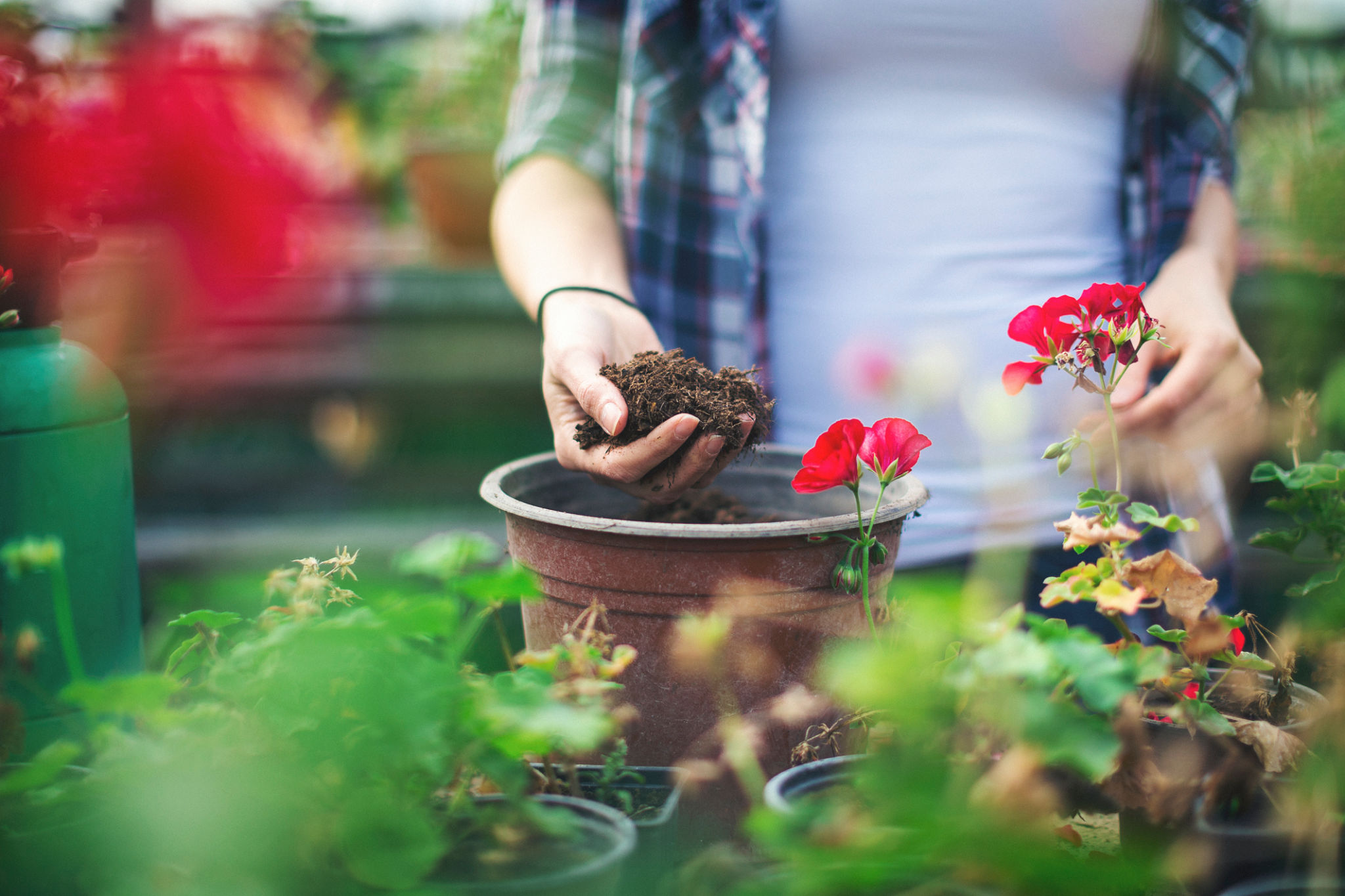DIY Office Plant Care: Tips from Toronto's Experts
Understanding Your Office Plant Needs
Working in an office environment often means spending long hours indoors, which can sometimes feel a bit dull. Adding some greenery can not only brighten up the space but also improve air quality and boost productivity. However, taking care of office plants requires some know-how to ensure they thrive.
Before you start, it's important to understand the specific needs of your plants. Different species require varying amounts of light, water, and nutrients. For instance, succulents and cacti thrive in bright light with minimal water, while ferns prefer indirect light and consistent moisture. Knowing these specifics will help you provide the best care possible.

Watering Wisely
One of the most common mistakes in plant care is overwatering. It's crucial to strike a balance by understanding the water needs of your particular plants. Most office plants prefer to dry out slightly between waterings. A good rule of thumb is to check the top inch of soil; if it's dry, it's time to water.
When watering, ensure the pot has drainage holes to prevent soggy roots. Use room temperature water and try to water in the morning so the soil has time to dry out throughout the day. Remember, it's always better to underwater than overwater.

Providing Proper Light
Light is a vital component of plant health, but not all office spaces are blessed with abundant natural light. Choose plants that match your office's lighting conditions. For low-light environments, consider plants like snake plants or pothos that can thrive in indirect light.
If your office has plenty of sunlight, consider placing your plants near windows but be cautious of direct sunlight, which can scorch leaves. If natural light is limited, investing in a grow light can provide the necessary light spectrum for healthy growth.

Feeding and Fertilizing
Nutrients are essential for plant growth, and fertilizing can help replenish those that are lost in potting soil over time. During the growing season—typically spring and summer—feed your plants with a balanced liquid fertilizer every 4-6 weeks. Be sure to follow the instructions on the fertilizer packaging to avoid over-fertilizing.
In fall and winter, most plants enter a dormant phase and require less feeding. Adjust your fertilization schedule accordingly to avoid causing stress to your plants.
Repotting and Maintenance
As your plants grow, they may outgrow their pots, leading to restricted root growth. Repotting is essential to keep them healthy. Choose a pot that is one size larger and has good drainage. Fresh potting soil will also provide a new source of nutrients.
Regular maintenance, such as dusting leaves, pruning dead foliage, and checking for pests, will also keep your office plants looking their best. Remember, a little attention can go a long way in ensuring your plants thrive in their environment.

Common Problems and Solutions
Even with the best care, issues can arise with office plants. Common problems include yellowing leaves, which can indicate overwatering or nutrient deficiencies. Brown tips often suggest dry air or inconsistent watering.
If pests like spider mites or aphids appear, treat them promptly with insecticidal soap or neem oil. Regularly inspecting your plants will help catch any issues early before they become severe.
By following these expert tips from Toronto's plant specialists, you can enjoy thriving office greenery that enhances your workspace and well-being. Happy planting!